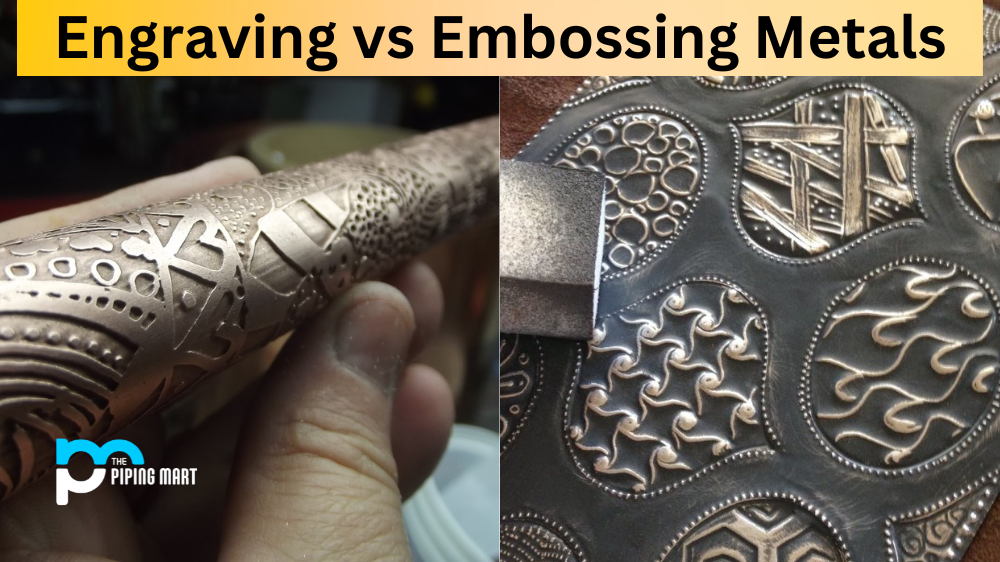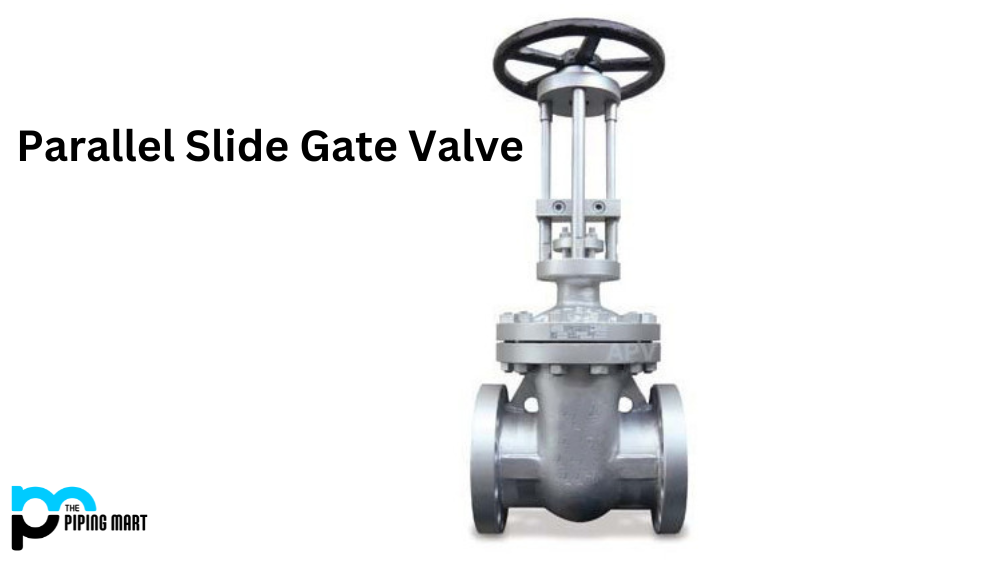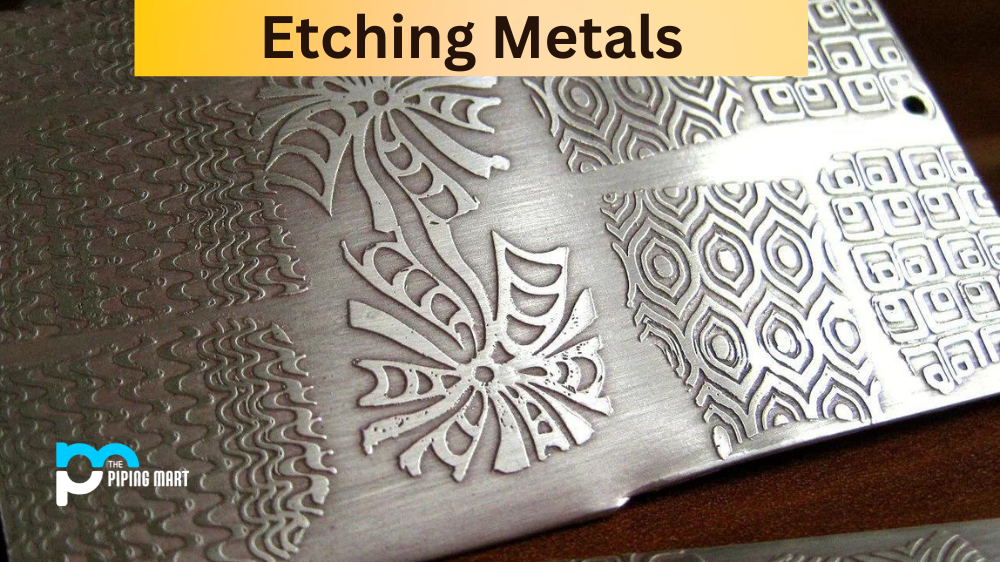In the world of metalworking, there are two popular techniques used to create intricate designs and patterns: engraving and embossing. This blog post will cover the differences between these two processes and help you decide which is best for your project.
What is Engraving?
Engraving is the practice of incising a design onto a hard, usually flat, surface by cutting grooves into it. The result may be a decorated object in itself, as when silver, gold, steel, or glass are engraved, or may provide an intaglio printing plate, of copper or another metal, for printing images on paper as prints or illustrations; these images are also called “engravings”. Engraving is one of the oldest and most important techniques in printmaking. Wood engraving is a form of relief printing and is not covered in this article. Engraving involves cutting into a surface with a sharp tool. It can be used to create very fine details, such as lettering or logos, that stand out from the surface of the metal. This is often done with a manual engraving machine or by hand using tools such as a hammer and chisel. The result is an attractive design that stands out from the rest of the metal’s surface.
What is Embossing?
Embossing is raising a design in relief from the surrounding field by means of pressure from behind. Paper may be embossed with all kinds of designs, including letters, figures, and geometric patterns; it may also be embossed with a three-dimensional design, such as a coat of arms. Embossing was formerly often combined with colouring to produce an effect on vellum (a type of parchment made from calfskin). Embossing uses heat to raise an area of metal above its surrounding area. Embossing is most commonly used in jewelry making and can be used to create intricate designs that add texture and dimension to the piece. Unlike engraving, embossing does not require a sharp tool or any special equipment – just heat and pressure!
The choice between engraving and embossing ultimately comes down to personal preference. Engraved pieces tend to have a more refined look, while embossed pieces have more depth and texture. Depending on your project’s needs, one may be better suited than the other – so it’s important to understand the differences before you get started!
Difference Between Engraving and Embossing
The main difference between engraving and embossing is that engraving is done by carving out grooves on the surface of the material, while embossing is done by pressing an object into the surface of the material to create a raised design.
Advantages of engraving
One advantage of engraving over other methods of decoration is that it allows for very fine detail. It also allows for greater variation in line width than other methods, such as etching or lithography.
Advantages of embossing
Embossing has the advantage over engraved lines in that it can be applied to softer materials such as paper without damaging them. It can also be used to create three-dimensional effects.
Disadvantages of engraving and embossing
One disadvantage of both engraving and embossing is that they are relatively slow processes. Additionally, engraving can be quite expensive, particularly if intricate designs are required.
Conclusion
Engraving and embossing offer unique advantages when creating bold designs in metals for jewelry making or other projects. While each process requires different tools and techniques, they both produce beautiful results that will make any project shine! Ultimately, it’s up to you which process you choose – but knowing what each can do will help you make an informed decision that will bring your vision to life!

A passionate metal industry expert and blogger. With over 5 years of experience in the field, Palak brings a wealth of knowledge and insight to her writing. Whether discussing the latest trends in the metal industry or sharing tips, she is dedicated to helping others succeed in the metal industry.




